Tantalum has a unique property combination of high ductility, superior biocompatibility as well as having a high melting point and being the most corrosion-resistant metal in common use today.
Elementum 3D’s pure tantalum material is a high strength, heavy, and hard refractory metal with excellent ductility. At temperatures below 302°F (150°C), it is nearly completely immune to chemical attack. Tantalum applications are typically found in aerospace, medical, nuclear and electrical industries.
Material composition: Ta
Printed density: 16.48-16.6 g/cc
Relative density: 99%
Ultimate tensile strength[1]: 89-95 ksi (613-655 MPa)
Yield strength[1]: 85-88 ksi (588-603 MPa)
Elongation[1]: 33-37%
Hardness: 34-36 HRB
[1]ASTM E8
All details given above are our current knowledge and experience, and are dependent on the equipment, parameters and operating conditions. The data provided in this document is subject to change and only intended as general information on a material set that is continually improving and developing. The data does not provide a sufficient basis for engineering parts. All samples were produced on an EOS M290. All tensile tests were performed at third party certified test labs such as Westmoreland Mechanical Testing & Research.
*ASTM E8
Please contact us at sales@elementum3d.com for additional information.
Elementum3D is on the cutting edge of high performing tantalum alloy additive manufacturing gas-atomized powders.
Our team of additive manufacturing materials experts also provides materials and application development guidance for our customers. We are now testing new varieties of tantalum powders.
Materials science and metallurgy experts helping you redefine what’s possible.
Copyright © 2024 Elementum – All rights reserved
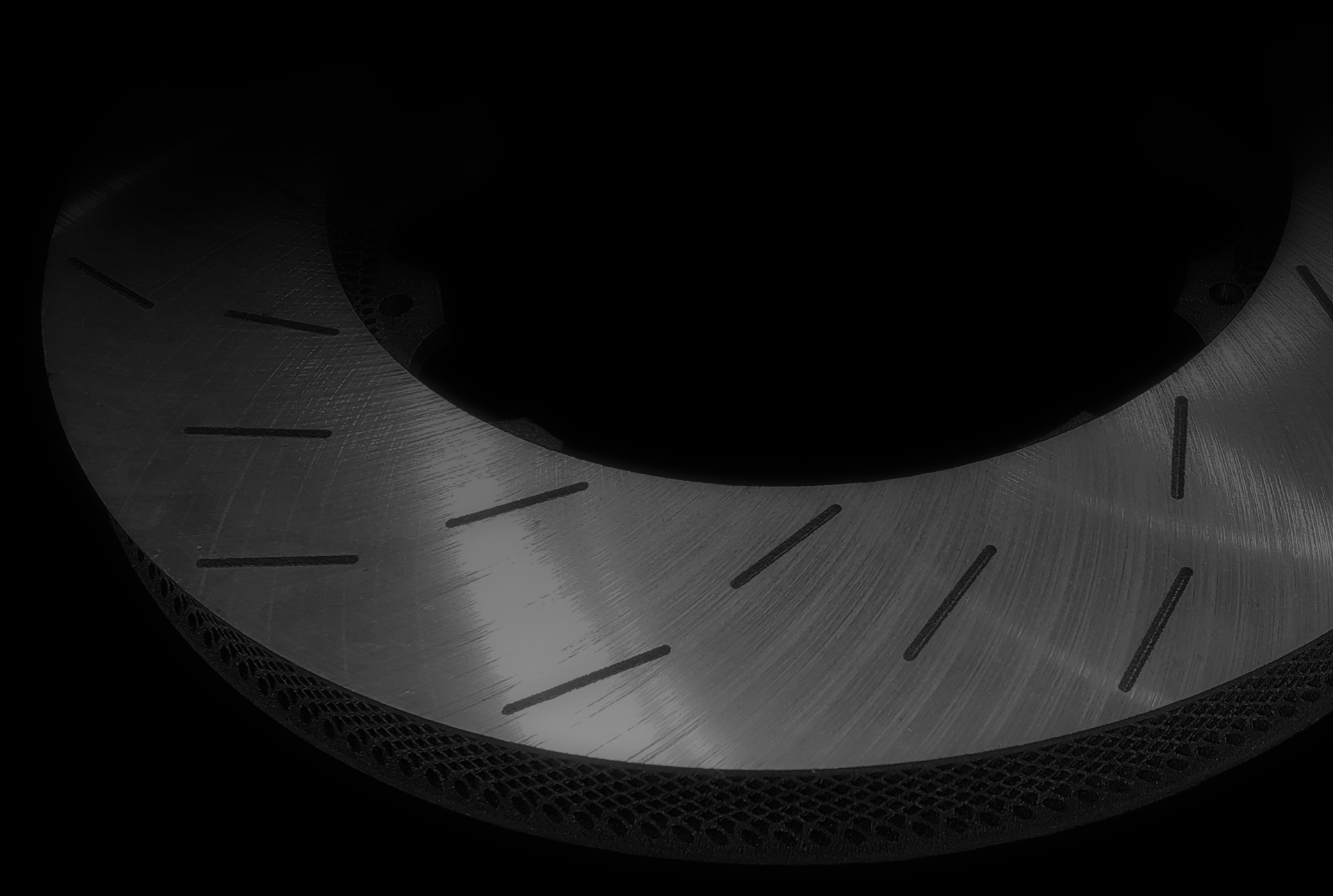
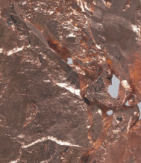
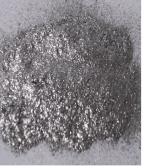
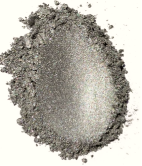
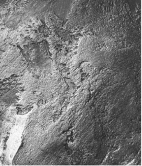
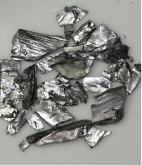
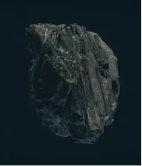
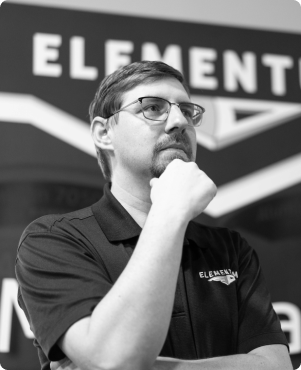
Patrick Callard earned a B.B.A. in advertising from Western Michigan University in 1990. He provides over 30 years of experience in marketing communications, new business development and market outreach.
He has managed multiple marketing projects and budgets for a variety of services and products.
Patrick also successfully grew an IT consulting business from a two-man basement business to a profitable eight employee business in 4-years. Patrick’s daily focus is to unify customer experience, brand purpose, creative communication, and marketing technology to drive the growth of the business.

Tyler’s message will key on blown powder Directed Energy Deposition (L-DED) for AM and repair and why this process is being realized by industry as one of the key pillars in printing thin wall part structures and large part envelope requirements.
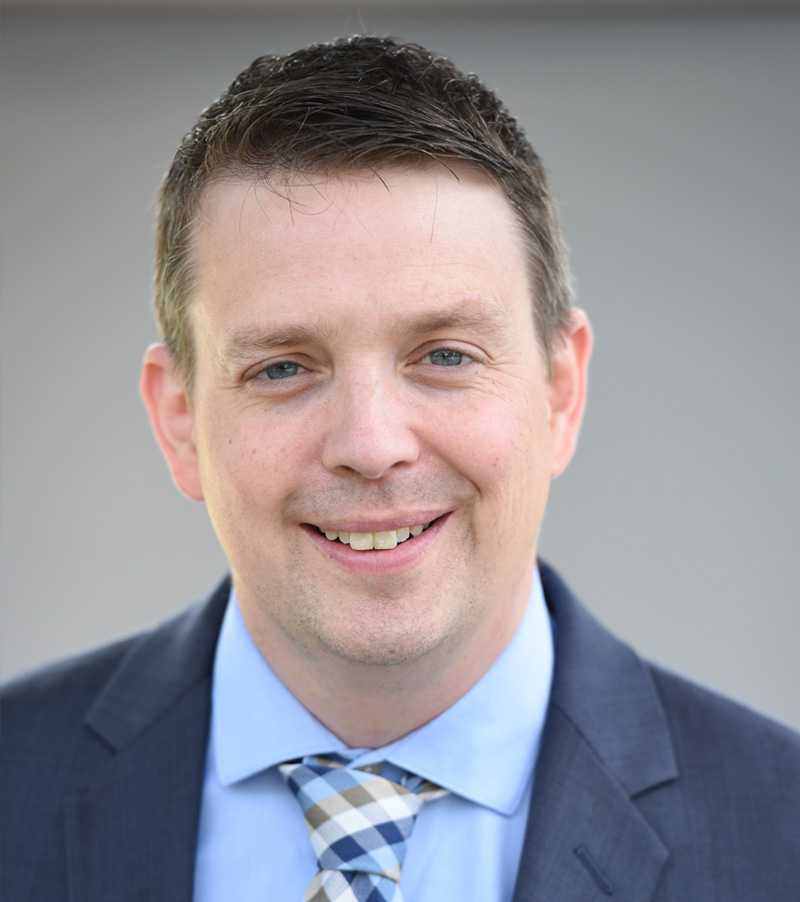
Shawn will reveal how Lithography-based Ceramic Manufacturing (LCM) is producing high resolution, high performance technical ceramics that can serve a wide range of applications and structural materials, such as alumina, zirconia, and silicon nitride. He will also touch on how LCM has progressed into multi-material components incorporating ceramics and metals.
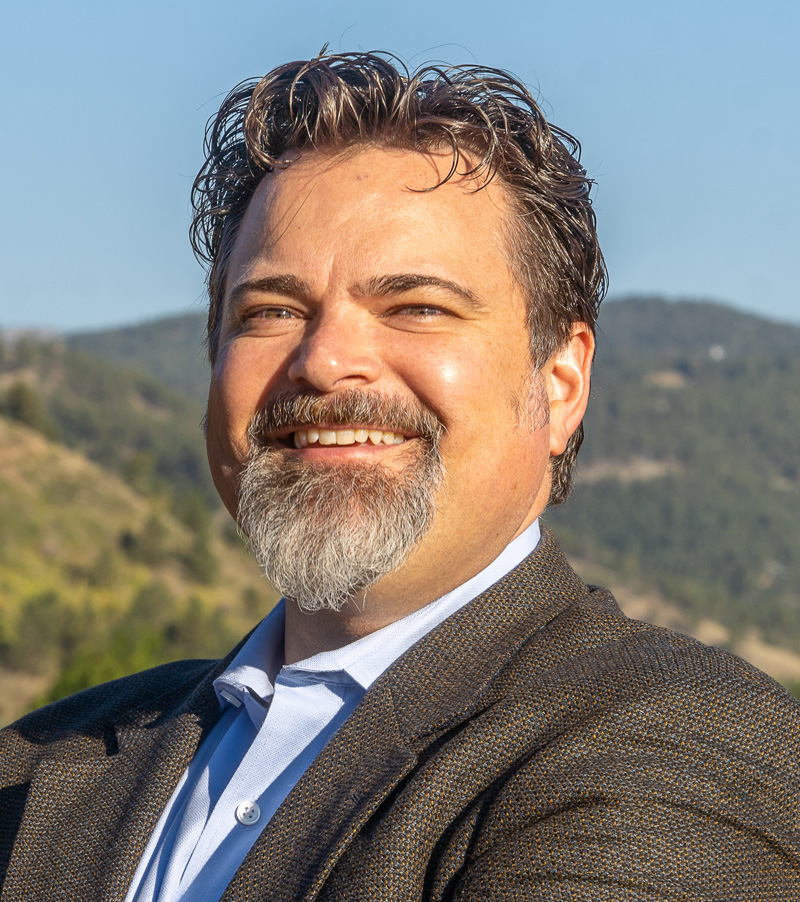
Jeff’s presentation will focus on the advances in wire DED, including welding processes for wire DED (arc, laser, and e-beam), next-generation alloys for large format metal 3D printing, and use cases that can benefit from replacing large forgings, replacing large machined billets, and producing advanced tooling — enabling next generation designs.
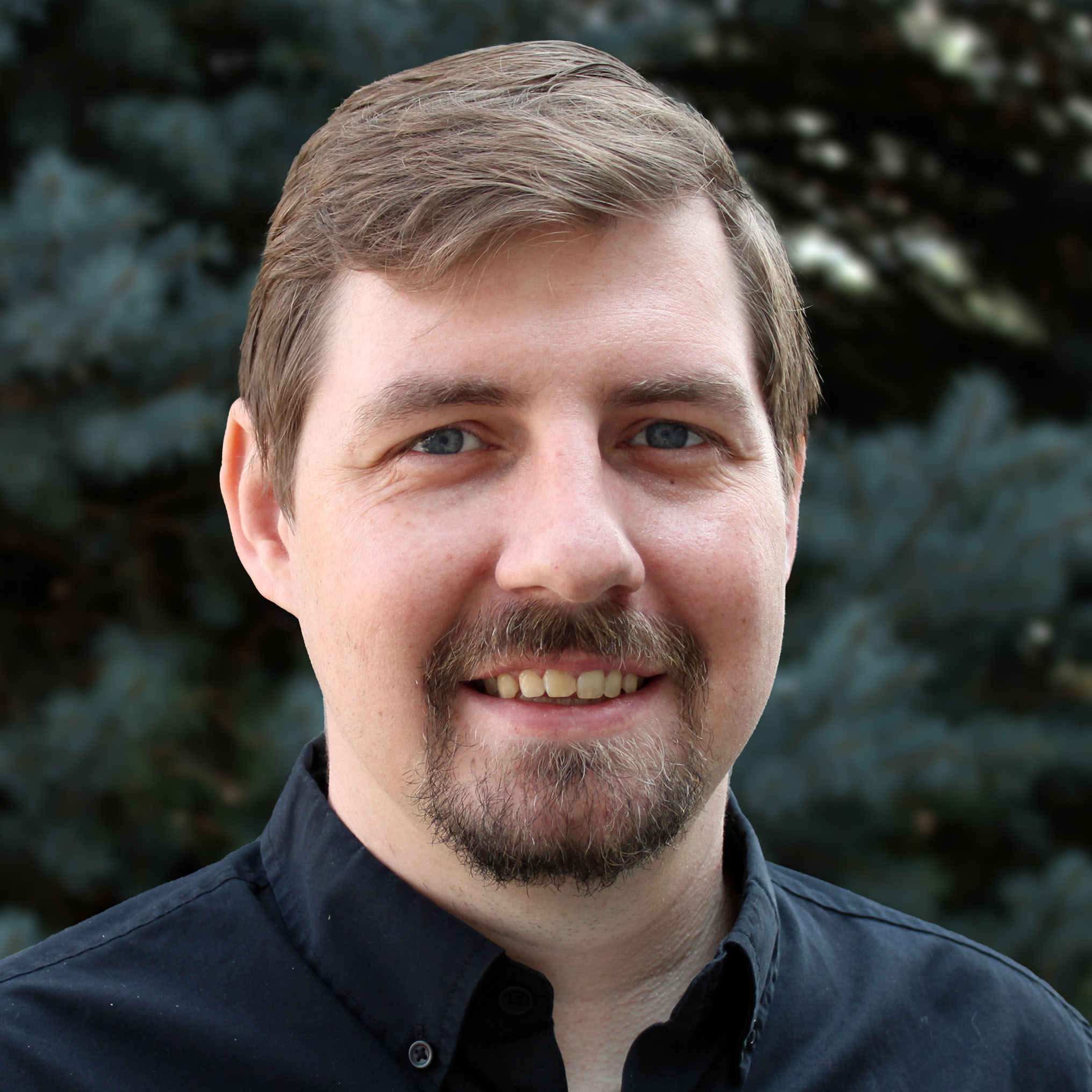
Dr. Jacob Nuechterlein is the founder and president of Elementum 3D in Erie, CO. He earned his Bachelor of Engineering, Master of Science, and Doctor of Philosophy at the Colorado School of Mines. Jacob has been researching, teaching, or consulting on topics such as casting and powder metallurgy for the last 14 years. Elementum 3D’s work with powder bed laser additive manufacturing is based on these principles. In addition, is thesis work in thermodynamics and formation kinetics of metal matrix composites is directly related to all 3D printing processes.